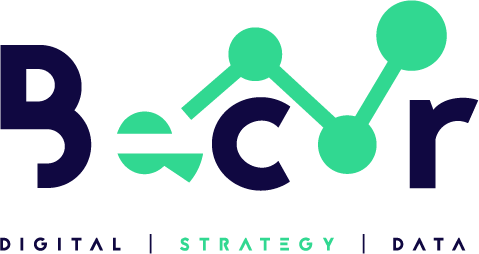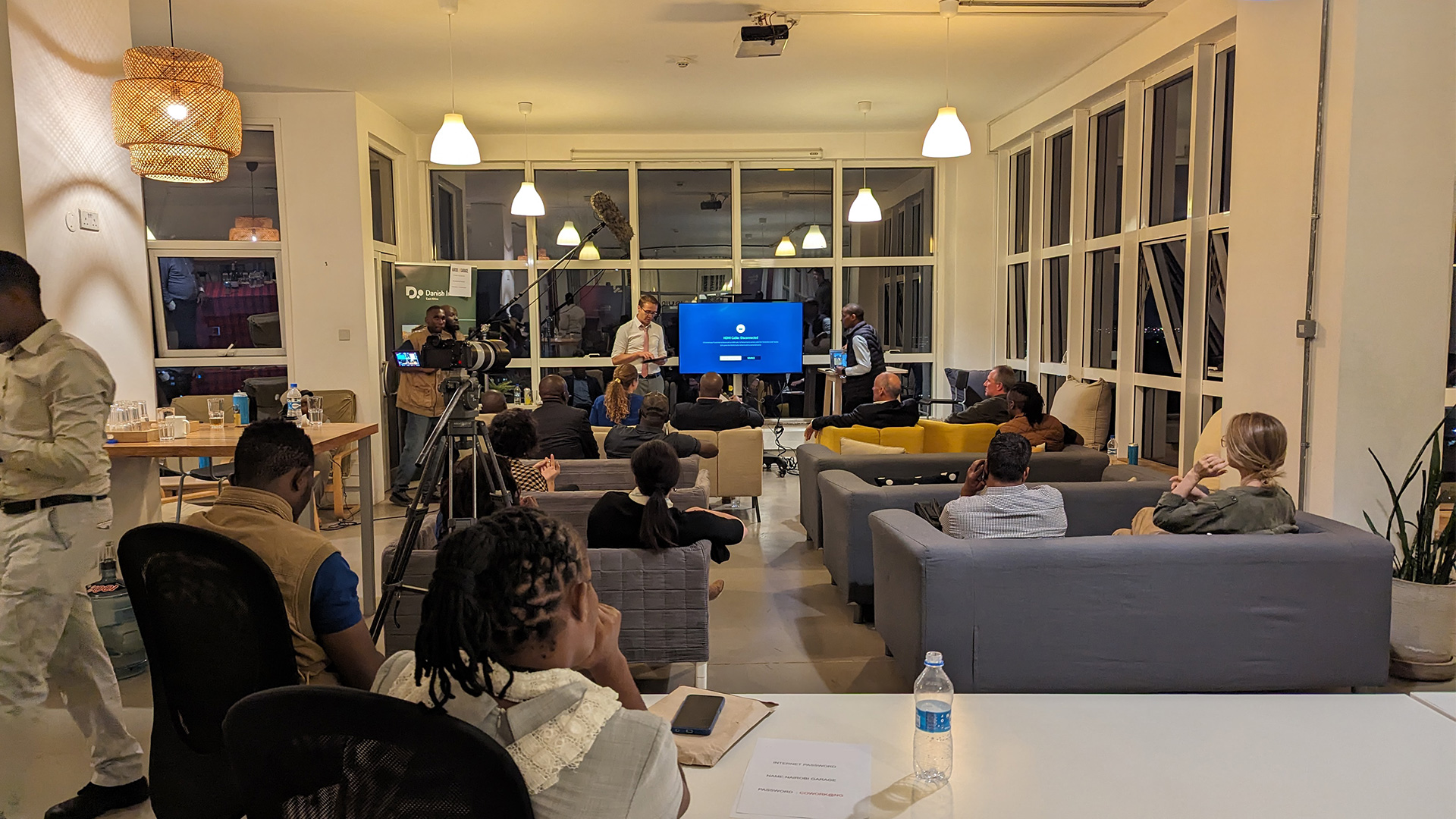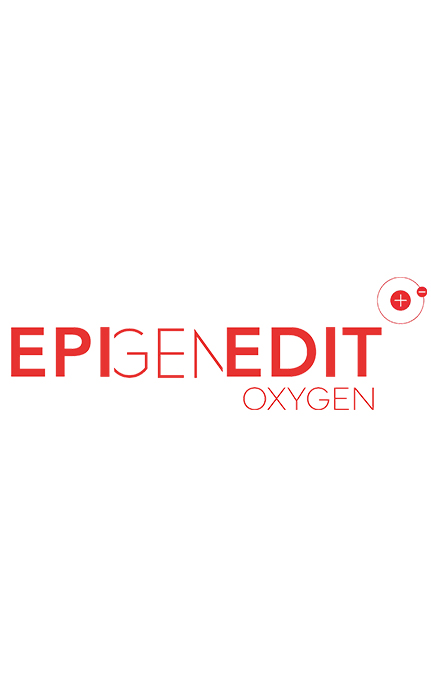When we talk about Call to Actions, many ask “How can a few single words be so powerful for my business? Did you know that a single word can boost your click-through-rate (CTR) up to nearly 40%?Turning your traffic to actual sales begins and ends with a great call to action
What is a call to action?
Simply put, a call to action is a text or an image, which engages the end user and compels him to take a certain action. An example of an effective call to action would be a “free gift inside” or “free download, click here”.
What are the different types of call to action?
Below are various types of call to actions you can utilize for high conversion rates:
-
Encouragement call to action.
An encouragement call to action is usually the most effective one because it encourages the viewer to take a certain action, based on a given incentive. For example, if you want the user to opt in, you could ask him/her to click on a button for a download and add the incentive that it is free – that should do the trick.
-
Lead capturing CTA.
If you want to acquire certain information from a user like an email address, you can offer something that they cannot resist that is of value like a freebie. The approach here is to give something of value that they will need to provide an email address to acquire it. Then you can use the email address for future email marketing.
-
Educational CTA.
Many companies educate their customers on the usefulness of their products and services as opposed to hard selling to them on the same. They do this by providing links for free webinars, courses, e-books, whitepapers and reports. When customers learn about a product, they are more likely to purchase it.
Now Let’s explore a few simple tips for creating good CTA’s, that if applied successfully, could translate into an immediate rise in conversions so you ultimately make more money!
- Be clear and Specific with your call to action.
You have to be clear with what exact action you want your audience to take after reading your blog, visiting your website or landing on your page. For example, if you want your visitors to follow a link, be clear that you want them to click it by placing a “Click here”. Your call to action should be brief and should utilize strong verbs. Action verbs express action and tell us what the subject is doing or should do. Using action verbs instead of linking verbs is better for CTAs because the latter doesn’t describe what the subject is doing. Using action verbs make your CTAs more actionable. Once your visitor has clicked your ink, make sure that the content you are linking your traffic aligns with what you promised.
- Visibility is Key.
Make good use of the few minutes a visitor will spend on your site by making sure all your rich content is located above the fold. People will hardly scroll down to find hidden content so use your prime space for what really matters.
- Speak with Authority.
A call to action is basically telling people what to do and doing it with confidence and authority. Remove any chance of hesitation by avoiding complicated words. Always strive to create a feeling of urgency and you will see how drastic your results will be.
Test your CTA’s by adding words like “NOW” and “IMMEDIATE”. These little add-ons can make a big difference. We’ve observed as much as 20% more clicks in cases where we’ve used these word selections.
Just try not to overdo it.
- Restrict the options.
Paralyzing your visitors with too many call to actions will confuse them. Send them on a smooth path and avoid overwhelming them. Picking your focus and your visitors will following suite. The more focused you make your CTA’s , the better the results.
- Make it big and obvious, yet simple and effective.
Have a call to action that your visitors will notice. A call to action is rarely too big. You can use contrasting colors for various call to actions to give it a distinctive look that makes it worthy of capturing clicks. Use the color that caters to your target market.
Using buttons instead of anchor text links emphases your CTAs because this makes them more noticeable. Take note that there are different variables to consider when dealing with CTA buttons. These are their size, color, placement and more.
- Use pop-ups.
Pop-ups are so effective because they are dynamic. Use them sometimes in place of buttons because they automatically show up on top of the screen. Buttons are just somewhere in the page. Some people consider pop-ups to be intrusive but they are what make the more effective converting. You should try exit, sidebar, entrance overlays and timed pop-ups.
- Use heatmaps.
You can create the best call to actions but it will be useless if they are not placed in the right position. You can use heatmaps to know exactly where to place them. It helps with knowing the page’s sections that get the most clicks and that is where you place your call to action. Some of the heatmap tools you can use are LuckyOrange, Click Trail and Hot Jar.
- Use social proof.
Herd mentality is very true today. Never before have people been so particular about the trend that they fear missing out so much. You can, however, use this to leverage people into your blog by mentioning figures in your CTA such as your number of subscribers.
A good example of this is including in your CTA the number of likes on your Facebook page . The more likes you have, the better the chances of people subscribing to you.
- Optimize your CTA’s.
I mentioned above that your call to action should remain simple but you should also keep in mind that length is not a key factor in their effectiveness. A shorter CTA can generate less conversions. However, there are no “one size fits all” approach to call to actions. Here are examples of how you can optimize your call to actions:
- Instead of “Create Account”…Use “ Create your Account today and save 50%
- Instead of “Sign Up”…Use “Click here to Sign Up”
- Instead of “Download”… Use “Get the full video here for free”
- Instead of “See more”… Use “Get the pictures here for free”
- Instead of “Vote”… Use “Vote Now and get a Reward”
In my experience, calls to action really matter for your business. Make them creative, prompt and give a clear guidance. Getting it right can mean the difference between a conversion or not. Our creative team have come up with our definitive website call to action list in the hope of transforming your casual visitors into paying customers. If you find yourself drawing a blank, here are 30 CTA examples to get you started.
- Let’s connect
- Why don’t we grab a coffee? My shout!
- Get going now
- I don’t want to wait – let’s do this
- I want to go for it
- Find what you need now
- Want more? It’s all here
- Ready to buy?
- Show me how
- Get a free update now
- Time to explore
- We’re ready
- Give us a try
- Get started
- Send me a free guide
- Try us out
- See what’s next
- Time to make a difference
- Ready to be inspired?
- I’d like a free trial
- Find out more
- More for you here
- Like what you see? Click here
- I’m interested in saving time & money
- Why not have a look?
- Get started for free
- Try [insert service name here] for free
- Start your trial
- Let’s go
- Can we help? Phone [your number]
Look at your CTAs and ask yourself, “What goal am I trying to achieve, here? How is my CTA message encouraging my website visitors to achieve that goal?” Once you’ve answered those two questions, use SEO Tasks plus your call to actions then thank me later!


